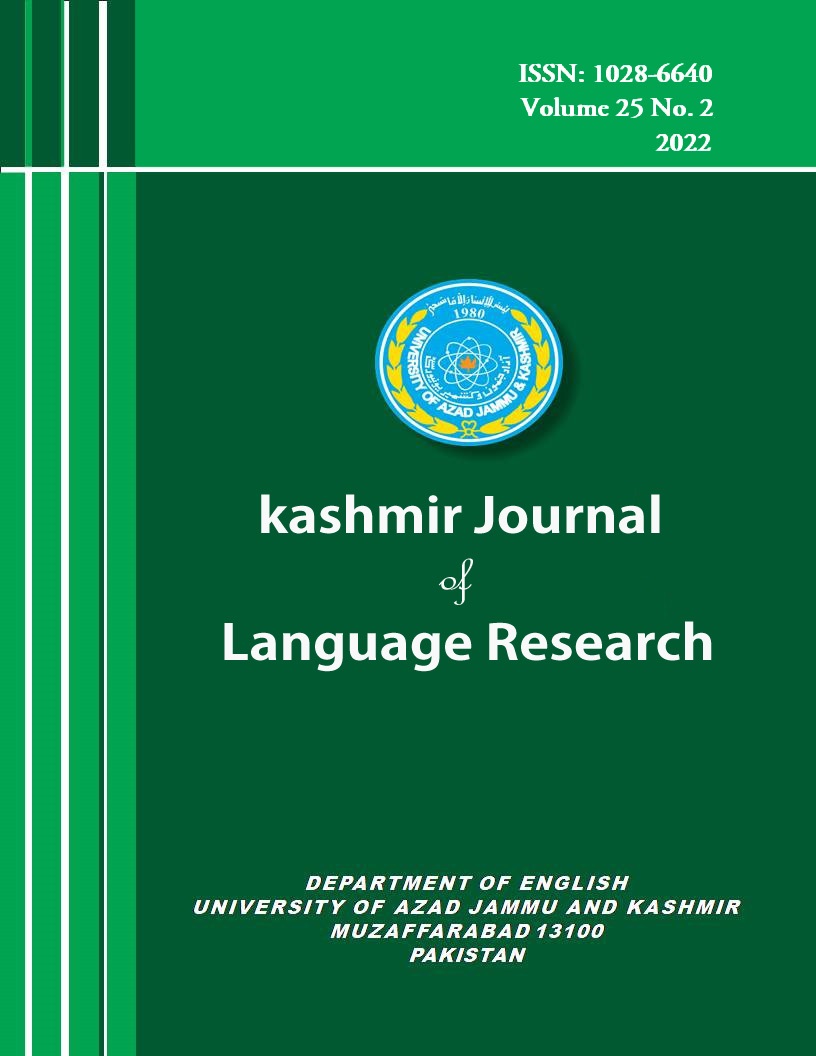Dialectics of Diegetic and Mimetic Patterns in Sidhwa’s Ice-Candy Man
Keywords:
diegesis, discourse, Ice-Candy Man, mimesis, narrative, semiotics, narratology, semioticsAbstract
In the wake of narratology, the art of storytelling becomes the focus of interest for structuralists and semioticians. With the discoveries of poetics, patterns and principals of narratives in Russian Formalism, the French structuralism also applied its tools and modes of investigation to contemporary modalities. As a result of this analytical culture in fictional criticism, the discourse analysis of narrative structures has attracted much attention as a field in western academia. A fictional text, being primarily the artistic re-presentation of human actions through narratives, incorporates certain mimetic experimentations to endorse the structural/semiotic significance of showing along with the telling (diegesis) of events and incidents. At both the macro and micro levels of narrative structure, the interdependence of these two paradigms—diegesis and mimesis can vividly be observed in modern fiction. The presence of mimesis or showing through dramatizing of action, categorically marks, on the one hand, the situational gravity in a fictional text and, on the other, the significance of how the things happen besides what happens in a story. Research, therefore, offers a new critical paradigm to approach a well-known fiction, Bapsi Sidhwa’s novel Ice-Candy Man that is entirely based on the tragic events of 1947 partition of the Subcontinent. How, narratively, Sidhwa juxtaposes telling (narration) with a spectacular showing of the tragic events, will be illustrated through textual evidence in my paper.

Downloads
Published
Issue
Section
License
Copyright (c) 2023 Kashmir Journal of Language Research

This work is licensed under a Creative Commons Attribution 4.0 International License.




